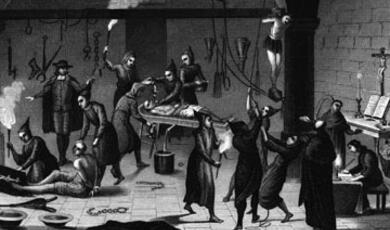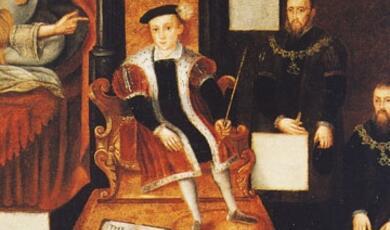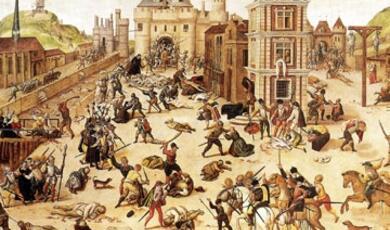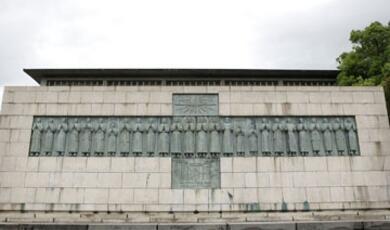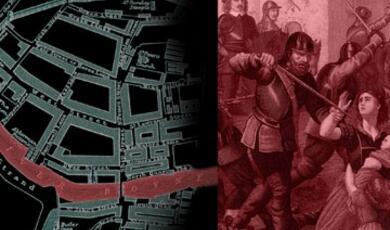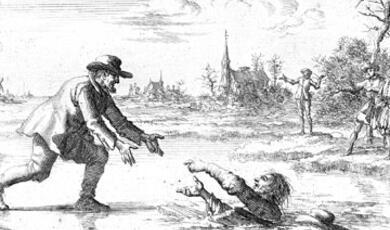Death, including violent death, is an everpresent part of human history. But only a few deaths are shocking, memorable and useful enough to become atrocities: stories that, as they are told and re-told, continue to shape the worlds of the people who remember them.
In this series Professor Ryrie will go back to the notorious atrocities of Europe’s wars of religion: the Spanish Inquisition, Bloody Mary, the St Bartholomew’s Day Massacre, the massacres at Drogheda and Wexford. As we ask how deaths become atrocities, and what happens as a result, we will also meet at the era’s other atrocities; the forgotten victims, like the Japanese Catholics of the 17th century; the friendless victims, like the universally-persecuted Anabaptists; and the victims of the great witch-hunt, who have been recovered, but also distorted and exaggerated, by our own age’s sensibilities. An atrocity is never quite what it seems.


 Login
Login

